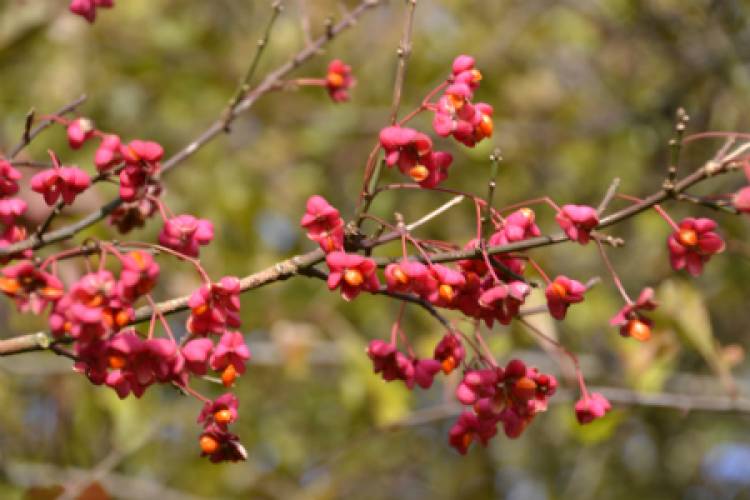A farmer’s work is never done

You might think, for an arable farmer, that this is the time of year when we can put our feet up until the spring work begins. Not so.
As we mentioned in our National Tree Week blog a few weeks ago, this is the time when much of our tree maintenance is done, during the tree and hedge planting season, whilst the saplings are dormant.
We have areas of woodland on the farm of varying ages. The oldest has very old beech and ash trees which are coming to the end of their lives and are regularly affected by high winds. Over the years that we have been on the farm, a few trees have died and been blown over. Last year a large ash tree blew over and we are currently logging it for firewood. As soon as the area is cleared we will plant one or two beech saplings.

Beech tees are best to fill these gaps because they can grow in partial shade and they like our chalky soil. The wood now has some well established young beech trees which we have planted over the years in amongst the majestic fully grown ones. We have one or two dead tree trunks still standing which we don’t log for firewood because we like to leave them for the woodpeckers!
One of the problems in this wood involves small vandals! Some of the young trees have bark stripped off which I originally thought was damage done by deer but our forestry advisor tells me it is damage caused by grey squirrels.

Squirrels don’t eat the bark but he said that the young males, frustrated if they have no females, strip off the bark. If they take it off right around the branch, that part of the tree dies. As you might have guessed, they are not my favourite animal, although I do like to see their acrobatics on the bird table!
On another part of the farm we have a wood of mixed conifers and deciduous trees which we planted approximately 30 years ago. This wood was very difficult to establish because deer kept damaging the young trees; it took three planting years to keep replacing the damaged trees until, finally, we managed to get the wood going.
It is still home to deer and also a contingency of badgers that have moved so much soil that trees are leaning over and you would think someone had been using a JCB digger! This whole wood now needs attention – some thinning out to do and some fallen branches to gather up.
We also have a relatively young wood which we planted about 12 years ago. We have some work to do between the rows of trees to stop self-seeded ash from dominating the whole area.

And it’s not just the trees that need attention. We also have a number of hedges to “gap-up”. These old hedges were originally damaged in the second world war (so my father told me – I am not that old!) The Yorkshire Wolds was a training area for some of the tank regiments and, as you can imagine, tanks and hedges don’t mix!
In the post war years, farmers were encouraged to grow crops on every possible square inch of soil so often the fields were cultivated very close to the hedges and they became weak to the point where some died off. We are now steadily going around the farm re-planting.
So, before you go thinking that we arable farmers get to take winter off, you can see, we’re going to be busy over the coming months!
Rob









